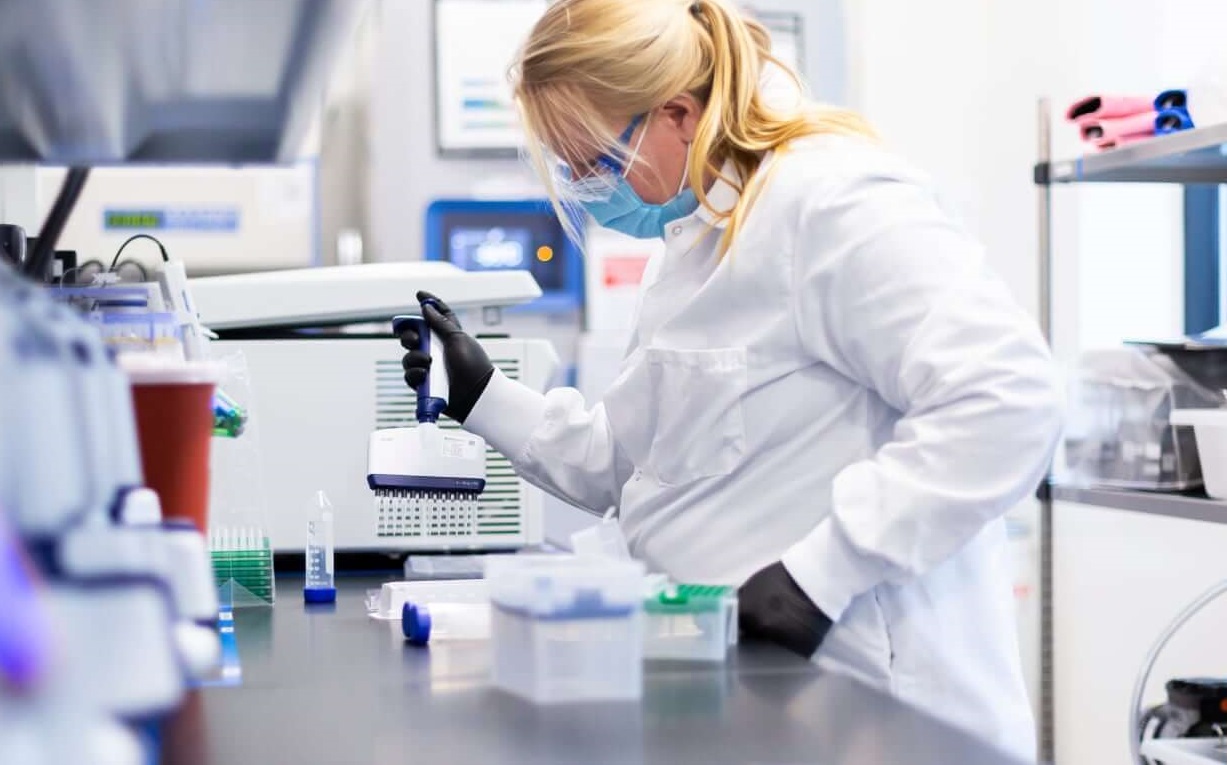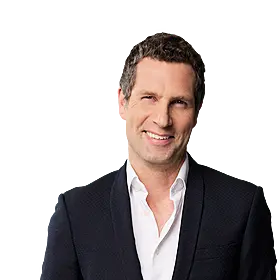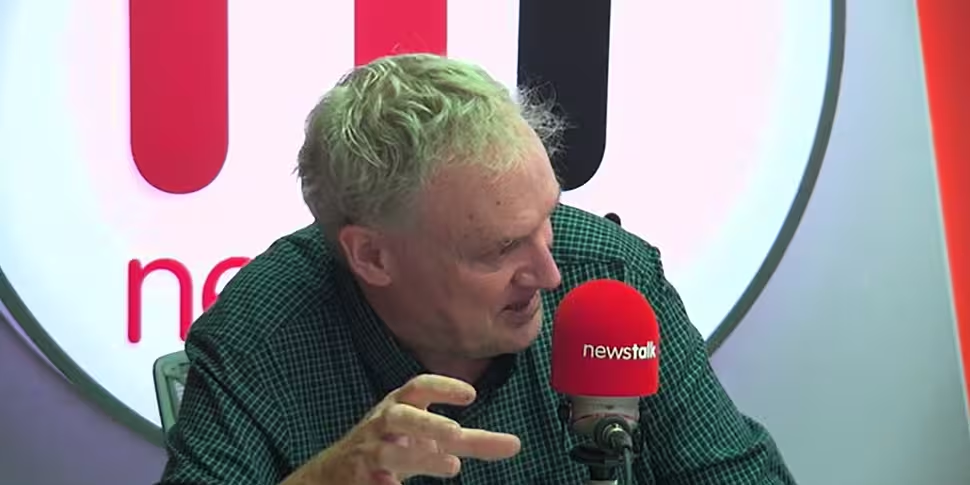Advancements in AI and virtual reality technology are helping us understand our brains better than ever before.
That’s according to Professor Luke O’Neill who said it’s an important area of study as one in two Europeans will have some sort of brain disorder in their lifetime.
He said scientists have been scratching their heads trying to find connections in our brains for decades, with elaborate networks of neurons first observed by Italian scientist Camillo Golgi 100 years ago.
On The Pat Kenny Show, Prof O’Neill said recent advancements in technology have accelerated our understanding of neuroscience.
“They are using AI to really map and find detail on what the brain is like,” he said.
“The first study that came out using AI and virtual reality is the most detailed map of the brain ever and shows billions of neurons, 100 trillion synapses.
“It’s intensely complicated but they’re mapping it in great detail
“It’s like mapping a city, the streets and roads, except there’s billions of connections.”
VR headset
The immunologist said the technology even allows you to walk through a brain.
“You can walk through this part of the brain with a VR headset,” he said.
“When you see a slide on a microscope it's very flat, but the brain is in 3D.
“They’ve noticed now that with diseases, some of these connections break, or go down a different road, which could be an autism development.”
 A scientist in a lab filling containers. Image: Moderna
A scientist in a lab filling containers. Image: ModernaProf O’Neill said there have also been breakthroughs in how inflammation works.
“There’s a part of your brain called the brain stem, deep in your brain, and it turns out there’s a knob in here,” he said.
“If you ramp it up, it will drive inflammation in your body, if you ramp it down it will suppress inflammation in your body.
“It could be in your knee or gut, but it's controlled from the brain - It doesn’t matter where the inflammation is.”
Storage
New studies have also shown the amazing storage capacity of just one millimetre of brain tissue.
“This tiny piece of tissue has 1.4 petabytes of information in it,” he said.
“A petabyte is 10 to the power of 15, a gigabyte is only 10 to the power of nine; you’re iPhone only has 100 gigabytes.
“So, we’re talking about a tiny piece of brain tissue, and it has a billion times more information than an iPhone.”
You can listen back here:
Main image: Luke O'Neill speaking in Newstalk studios in Dublin. Picture by: Newstalk









